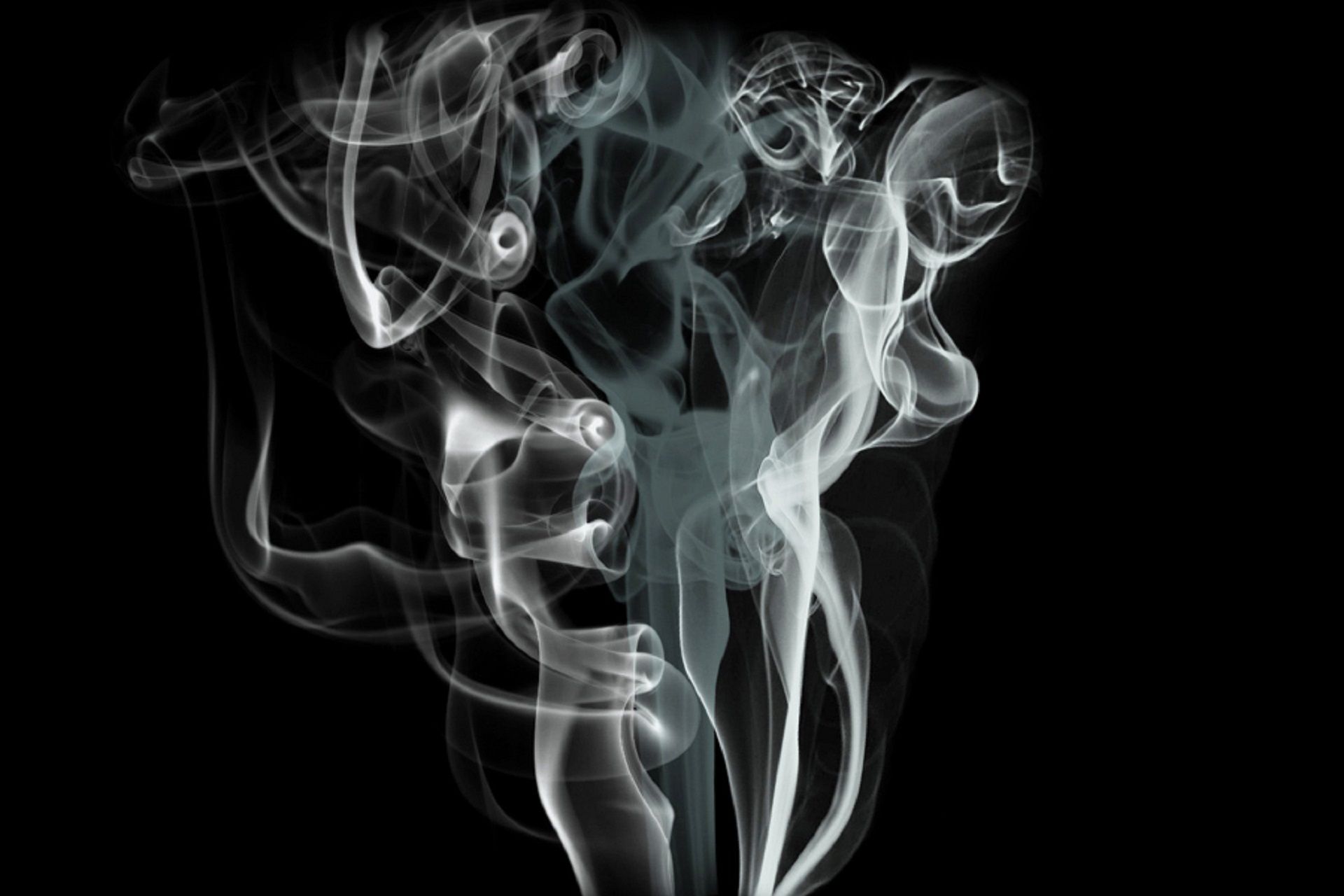Years of research have found a relationship between back pain and tobacco products in adult humans.
Disc degeneration is thought to cause back pain to a great extent. Degenerative discs typically begin with small circular tears (annual tears). Just like other injuries, tears heal by creating scar tissue that is not as strong as the original disc wall. Over time, the tearing and scarring process continually weakens the disc wall. In addition, as people age, the hydrated core becomes damaged and loses its water content. This fluid maintains the necessary pressures to act as a functional shock absorber. The core can be damaged and cause the vertebral bones to slip closer along with misalignment. Over time, misalignment and arthritic changes can create bone spurs, herniated discs, pinched nerves, and spinal stenosis, all of which cause pain.
Nicotine use may be directly responsible for intervertebral disc degeneration by causing cell damage in the annulus and nucleus. It is thought that nicotine may have a direct toxic effect on nucleus cells. This affects the long-term health and functionality of the drive. All these harmful changes mean that smokers not only damage healthy discs, but also greatly accelerate disc degeneration in already damaged discs. Also, smoking can alter pain perception through the neuro-endocrine system, increasing sensitivity to pain.
There is a big difference between the symptoms of smokers and the spine symptoms of non-smokers for the same amount of time. Smokers have a more severe and increasing pain every day. The risk of developing low back pain may be related to an increase in the amount smoked.
